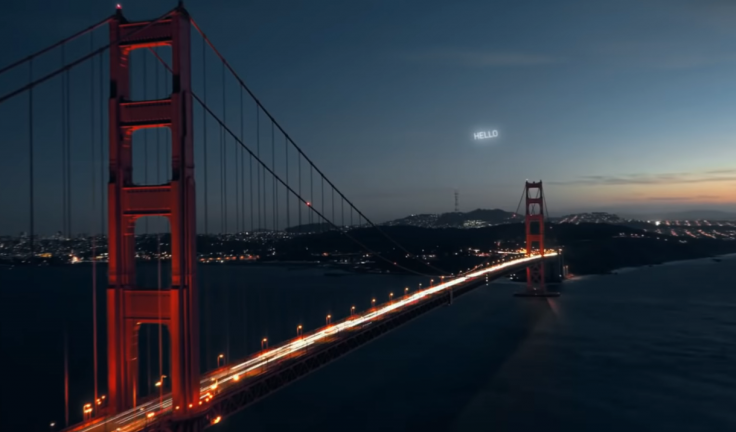Previously people used to see all the advertisements on television, mobile applications, bus stands and streets, but by 2021 the world will be able to see those ads in the night sky floating from one place to another.
Yes, you heard it right, as a Russin Company called StartRocket is now planning to put flashy advertisements in space. The company claimed that it is not only about highlighting entertainment ads but also it will be used to send emergency notifications during zero visibility, power cuts and a catastrophic situation that would help the government.
As per the company's website the process to make this happen in real, has started in May 2018 and they want to use the Cubesats, which is a type of miniaturized satellite for space research that is made up of multiples of 10 cm × 10 cm × 10 cm cubic units, to showcase those ads in the sky. It will be able to deliver three to four messages per day.
Even though the project may sound amazing, there are some problems which cannot be ignored before its launch. As per the SYFYWIRE, such floating ads not only will increase the problems of light pollution but also "make it even more difficult to study objects in space that could actually tell us something other than which car insurance company has the lowest rates or how long a super sale on mattresses will be going on."

The CubeSats is expected to fly up to 280 miles above earth's surface and the mini-satellites would spread 30-foot mylar sails to create an orbital display, which will be seen by 7 billion people on the planet.
But, what about the obstructions it would create in terms of astronomical research? As per the astronomers, there are many objects floating in microgravity. So this addition will definitely create some kind of disturbance in further space studies.
International Dark-Sky Association or IDA Dark-Sky, which is a recognized authority on light pollution, has rejected to support the idea and said, "From adding to the erasure of our night sky heritage to being a threat to the ability to do astronomical research from the ground, dark sky advocates & astronomy experts explain why billboards in space will contribute to problems caused by light pollution."
About the orbital display project:
- May 2018 — Start
- June – August 2018 — Working out the technical solution. Contract with Skoltech.
- October 2018 — Testing the technical solution of display on stratospheric balloons with Skoltech. Patenting process. Search for sponsors of the first launch.
- January 2019 — Roadshow for anchor investors. Building engineer and managing teams. Developing MVP and the formation control system.
- October 2019— Choosing a production site. Developing of the series. Creating a Launch Control Centre. Preparation of the first launch. Start of sales.
- January 2021 — Test launch of the minimal formation. Launch.
- July 2021 — Formation deploy.
- 2022 — Annual formation renovation.









